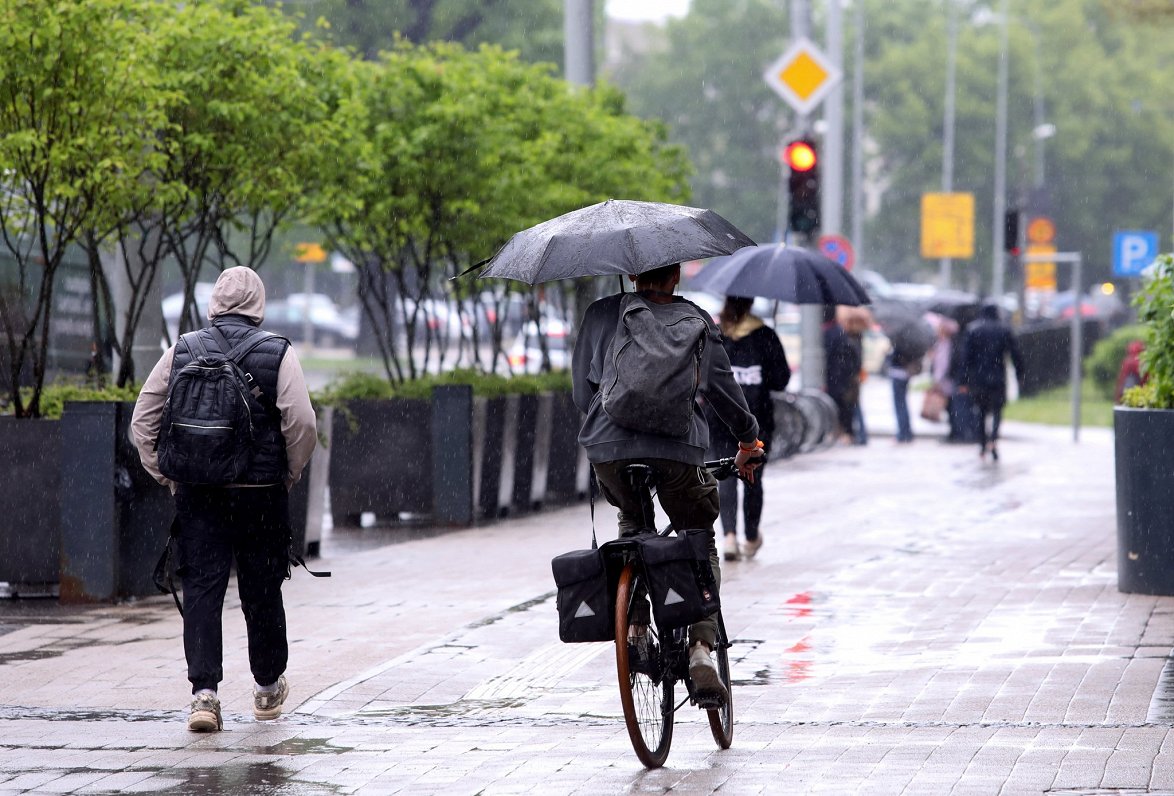Sabīne and Juris have been calling themselves Rīgans for 12 years. A three-year-old daughter is growing up in their family and it is because of her that a move away from the capital is planned: "We want our child to grow closer to nature. I spent my childhood summers in the countryside in Ilūkste and I also want to give that experience to my little girl."
The couple says there are many good values in Rīga: job opportunities, rapidly reaching different institutions, and educational opportunities. However, the family has other values, including doing, as they say themselves, modern farming:
"What we miss is that here we can't go out and operate on some of our little projects. We have a lot of people saying, but you're going to have a house, you're always going to have to do something, but that's actually exactly what we want because right now, too, we don't have a lot of options in the evenings that we can do when it quickly gets dark."
Statistics on the population in Rīga show that in 1990 the capital was home to nearly one million inhabitants, while currently, it is 680 thousand.
Representative of Riga City Council Development Department Jānis Ušča said: “Over the last five years, the population in Rīga has decreased by over 28,000 residents or by about 4.5% in the period since 2018.”
Riga City Council says the reasons for leaving the capital are known, but it will take many years and large investments to improve the situation.
“Looking at the statistics on why people chose to leave Riga, then we see – an opportunity to live closer to nature, in a greener environment, as well as the cost of living issues, as well as because of family and working conditions,” Ušča said.
The city needs to improve its public exterior to appeal to citizens; there needs to be a convenient transport system and housing that can be bought or rented by middle-income families, according to Ušča. A study a few years ago also shows estimates that a little over 600 thousand will live in Riga in 2030.





























